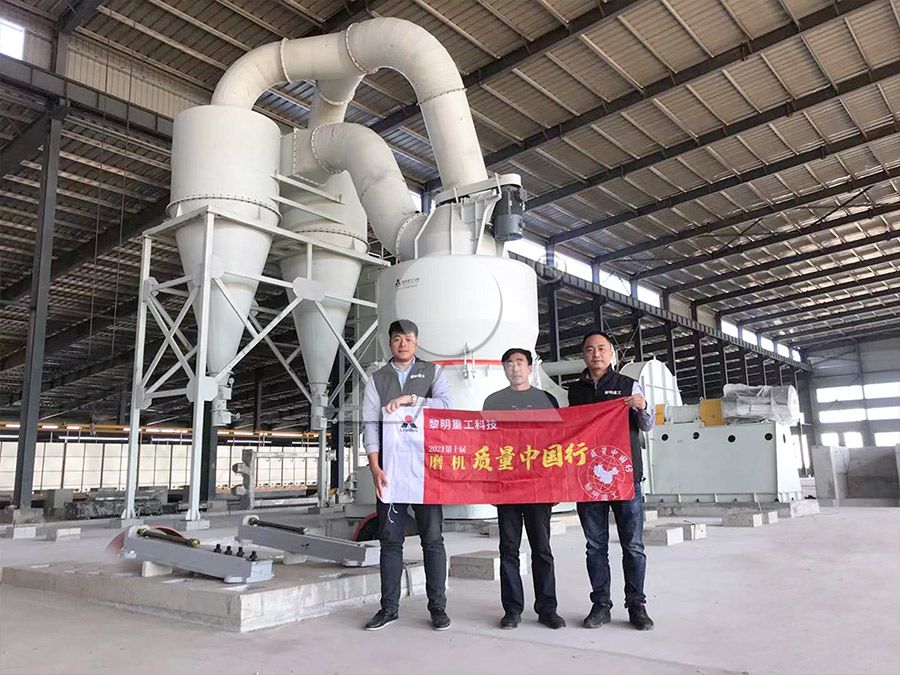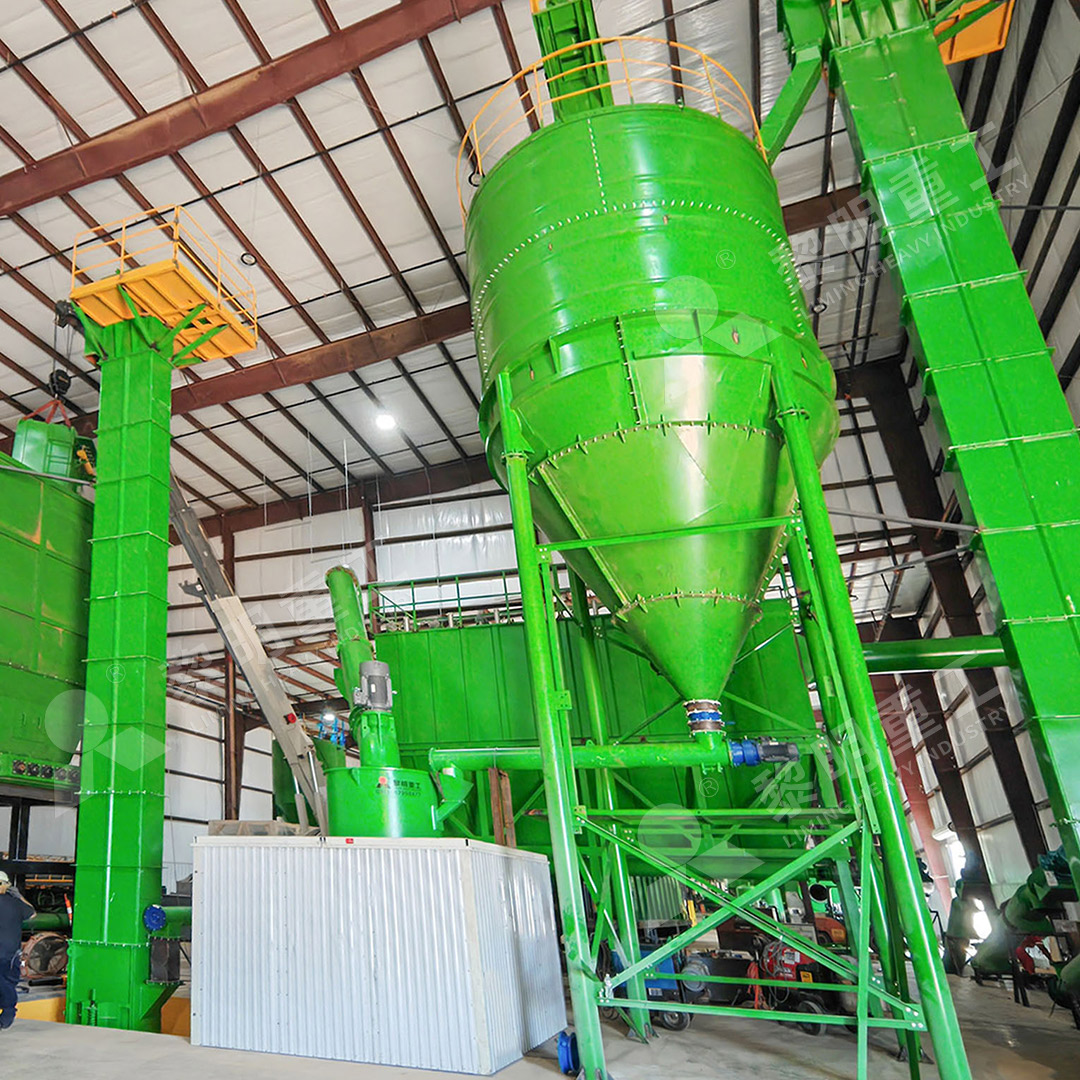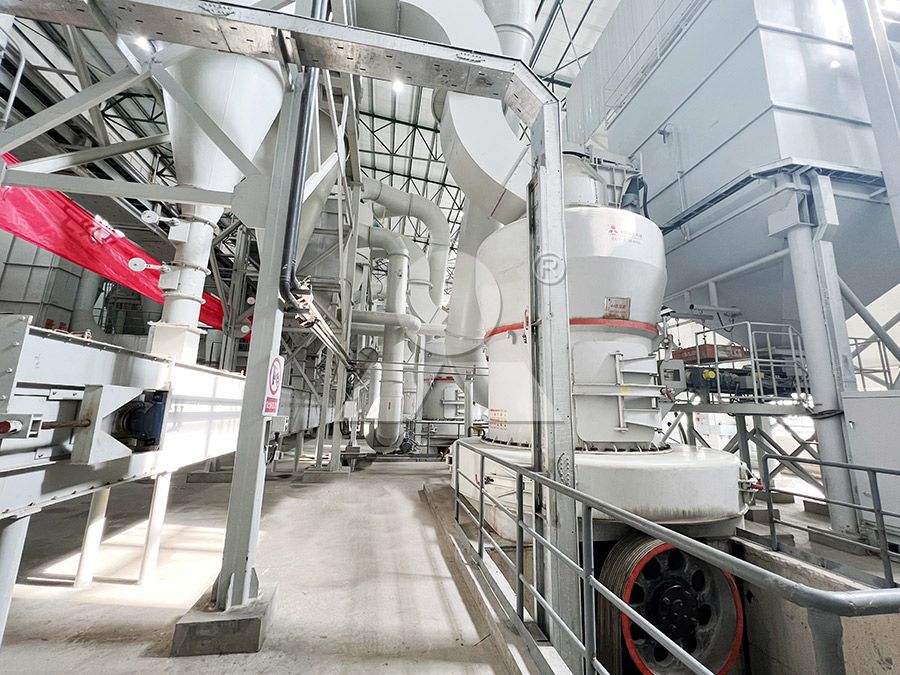Raymond Mill Price for Yellow River Equipment in China
Understanding Raymond Mill Pricing in China’s Industrial Landscape
When sourcing industrial grinding equipment from China, particularly Raymond Mills for Yellow River equipment applications, understanding the pricing structure requires careful consideration of multiple factors. The Raymond Mill has long been the workhorse of powder processing industries, but its pricing varies significantly based on specifications, customization requirements, and technological features.

The Chinese grinding mill market offers competitive pricing due to advanced manufacturing capabilities and economies of scale. However, buyers should look beyond initial purchase costs and consider long-term operational expenses, maintenance requirements, and energy consumption. For Yellow River equipment applications where reliability and consistent performance are paramount, selecting the right mill involves balancing cost with technical specifications.
Key Factors Influencing Raymond Mill Pricing
Several elements directly impact Raymond Mill pricing in the Chinese market. Production capacity requirements represent the primary cost driver, with mills ranging from 0.6-5 tph commanding different price points. Material characteristics also play a crucial role – harder materials require more robust construction and superior wear-resistant components, increasing manufacturing costs.
Technical features significantly affect pricing. Modern Raymond Mills incorporate advanced powder separation systems, improved grinding curves, and automated controls that enhance efficiency but increase initial investment. The level of environmental compliance also influences costs, with mills featuring integrated dust collection and noise reduction systems commanding premium prices.
Strategic Equipment Selection for Optimal Value
While Raymond Mills remain popular for many applications, forward-thinking operations should consider advanced alternatives that offer superior efficiency and lower operating costs. For operations requiring ultra-fine powder production, our MW Ultrafine Grinding Mill represents a technological leap forward with significant advantages.

The MW Ultrafine Grinding Mill processes materials with input sizes of 0-20 mm at capacities ranging from 0.5-25 tph. Its innovative design eliminates rolling bearings and screws in the grinding chamber, addressing common failure points in traditional mills. The integrated pulse dust collector and muffler system ensures environmentally compliant operation while maintaining dust and noise at minimal levels.
For operations requiring even higher precision and advanced technology, the LUM Ultrafine Vertical Grinding Mill offers exceptional performance with input sizes of 0-10 mm and capacities of 5-18 tph. This mill incorporates the latest Taiwanese grinding roller technology and German powder separating technology, providing unparalleled control over final product characteristics.
Total Cost of Ownership Considerations
Smart equipment purchasing decisions extend beyond initial price tags. Energy consumption represents the most significant operational expense for grinding mills. Advanced models like the MW Ultrafine Grinding Mill achieve 40% higher production capacity with the same fineness and power compared to jet grinding mills, while consuming only 30% of the energy of comparable systems.
Maintenance costs and downtime represent another critical financial consideration. The MW series eliminates concerns about bearing damage or loose screws causing machine failure. External lubrication systems enable continuous 24-hour operation without shutdowns for maintenance, dramatically improving operational efficiency and reducing lifetime costs.

Frequently Asked Questions
What is the typical price range for a Raymond Mill in China?
Raymond Mill prices vary significantly based on capacity, features, and customization. Basic models start around $20,000, while high-capacity, feature-rich units can exceed $100,000. The specific application requirements for Yellow River equipment will determine the optimal price point.
How does the MW Ultrafine Grinding Mill compare cost-wise to traditional Raymond Mills?
While the initial investment in MW Ultrafine Grinding Mills is typically 15-25% higher than conventional Raymond Mills, the operational savings in energy consumption (up to 70% reduction) and maintenance costs typically deliver return on investment within 12-18 months of operation.
What fineness levels can be achieved with modern grinding mills?
The MW Ultrafine Grinding Mill achieves adjustable fineness between 325-2500 meshes with screening rates achieving d97≤5μm once. This surpasses traditional Raymond Mills, which typically achieve 80-325 mesh ranges.
How important are environmental features in mill pricing?
Environmental compliance features typically add 10-15% to equipment costs but are increasingly essential for regulatory compliance. The integrated pulse dust collectors in MW series mills eliminate dust pollution while silencers and noise elimination rooms reduce operational noise to environmentally acceptable levels.
What is the typical delivery time for grinding mills from Chinese manufacturers?
Standard models typically ship within 30-45 days after order confirmation, while customized configurations may require 60-90 days. Expedited manufacturing options are often available for time-sensitive projects.
